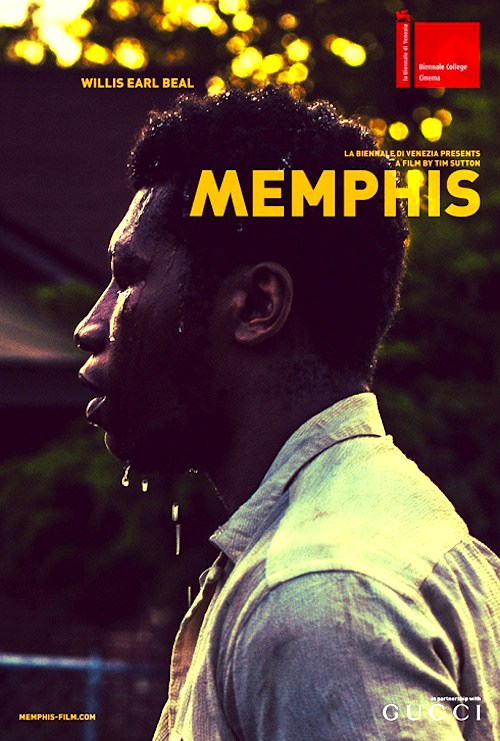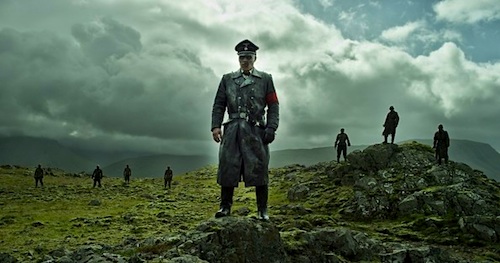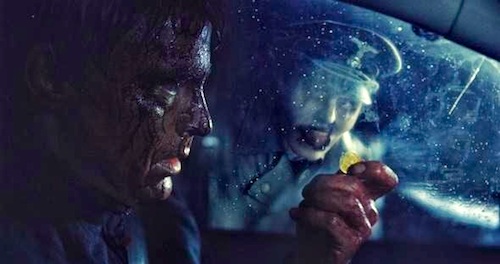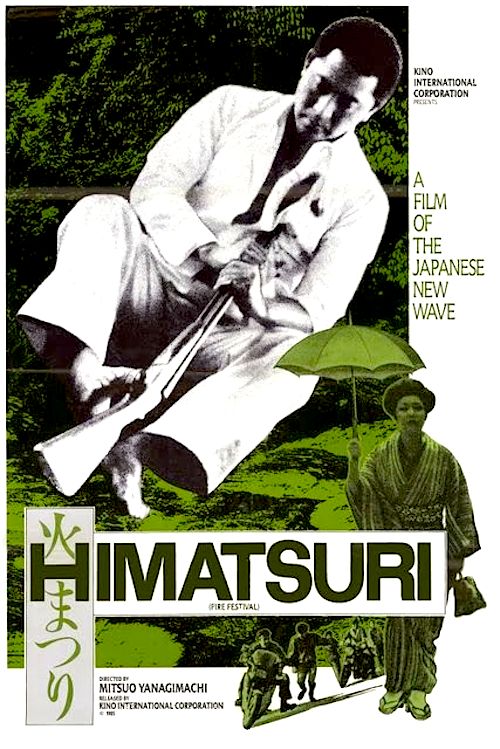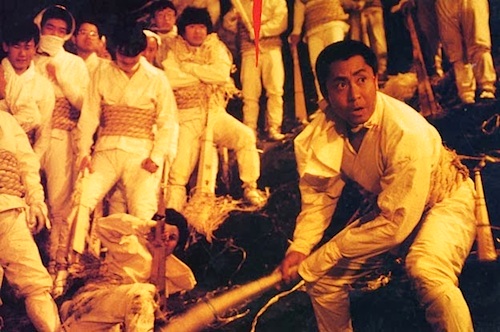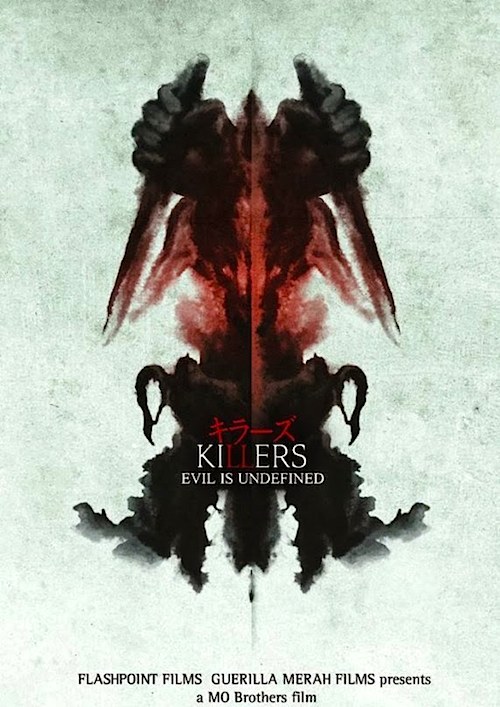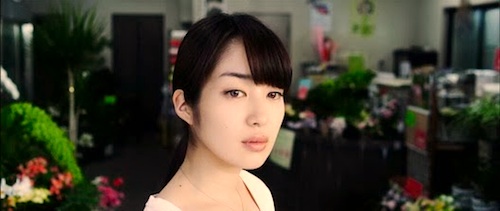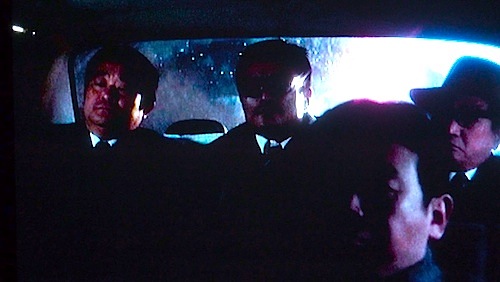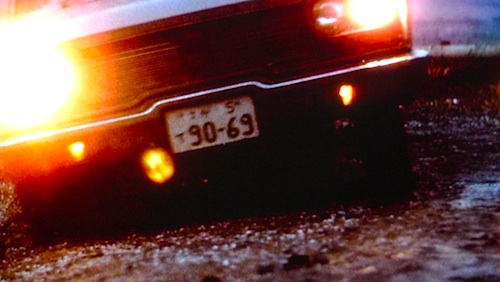By Joe Bendel. That log cabin business was no joke. Abraham Lincoln’s formative years put the “hard” in hardscrabble. Yet, they also shaped him into the commanding and compassionate leader our nation needed. Young Master Lincoln comes of age in A.J. Edwards’ impressionistic The Better Angels, co-produced by Terrence Malick, which screens as a New Frontier selection of the 2014 Sundance Film Festival.
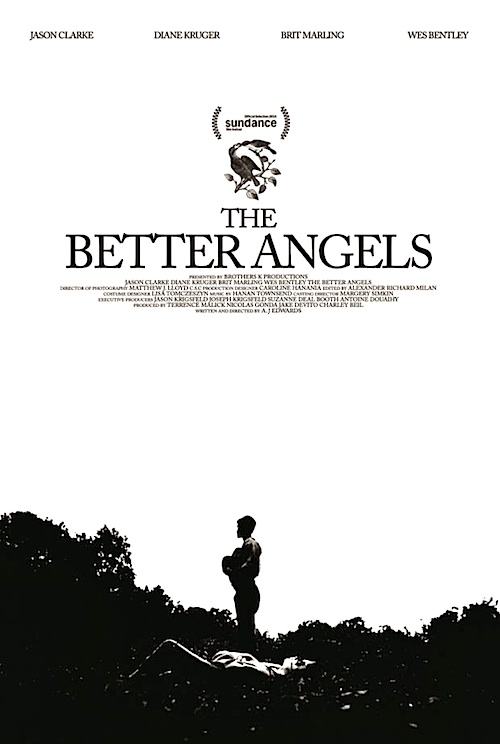 Narrated by Lincoln’s cousin reminiscing shortly after his assassination, Angels chronicles three years of his life as a gangly youth in the back hills of Indiana. His devout but illiterate mother Nancy Lincoln recognizes her youngest son’s remarkable intellectual gifts, but his gruff father sees no value in a bookish education. Nancy Lincoln would die at a tragically young age, but her religious convictions clearly shaped her sensitive son’s ethical values. A short while later Tom Lincoln remarries. Sarah Lincoln also takes a shine to young Abraham, finally convincing her husband to support his education.
Narrated by Lincoln’s cousin reminiscing shortly after his assassination, Angels chronicles three years of his life as a gangly youth in the back hills of Indiana. His devout but illiterate mother Nancy Lincoln recognizes her youngest son’s remarkable intellectual gifts, but his gruff father sees no value in a bookish education. Nancy Lincoln would die at a tragically young age, but her religious convictions clearly shaped her sensitive son’s ethical values. A short while later Tom Lincoln remarries. Sarah Lincoln also takes a shine to young Abraham, finally convincing her husband to support his education.
Throughout Angels, Malick protégé Edwards maintains a style consistent with that of his mentor, but scene after scene resonate with far greater emotion than the austere To the Wonder. This is a simple story, but it is deeply moving. Aside from the exquisitely beautiful opening shots of the Lincoln Memorial, Angels never leaves the Indiana Hill country, circa 1817. Yet, Lincoln’s later significance is unambiguously stamped upon the film.
Visually, Angels is a true work of art. Each and every frame of Matthew J. Lloyd’s black-and-white cinematography is suitable for framing. As sort of an illustrative tone poem-tribute to Lincoln, Angels fits comfortably enough in the New Frontiers rubric. Nevertheless, the film boasts several very fine performances. Diane Kruger’s turn as Sarah Lincoln is wonderfully sensitive and finely wrought, but Jason Clarke’s work as the demanding but ultimately loving Tom Lincoln sneaks up on viewers, landing a total knockout punch.
Yes, Angels is deliberately paced, favoring sensory stimulus over narrative drive. It is also an unusually powerful and evocative film. There will be plenty of people who just won’t get it, but they will be wrong. Elegantly crafted, it is one of the high-end high-points of this year’s Sundance. Enthusiastically recommended for patrons with adult attention spans, The Better Angels screens again Saturday (1/25) in Park City.
LFM GRADE: A
Posted on January 24th, 2014 at 3:25pm.
